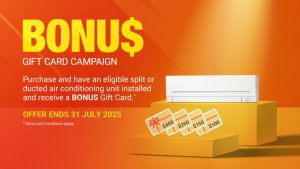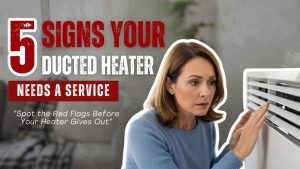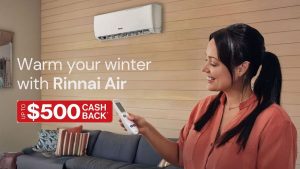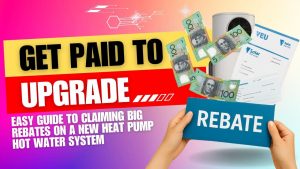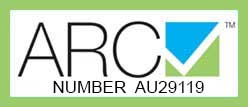Introduction to Evaporative Coolers
Ever felt the refreshing breeze near a waterfall or lake? That’s nature’s version of an evaporative cooler. But what exactly is this device, and why is it gaining popularity in certain regions? Let’s dive in!
How Evaporative Coolers Work
Basic Principle
At its core, an evaporative cooler uses the natural process of evaporation to cool the air. When water evaporates, it absorbs heat, leading to a drop in temperature. Simple, right?
Key Components
The main components include a fan, water pump, and wet pads. Water is pumped onto the pads, and the fan draws warm air through these wet pads, cooling it down as it passes through.
Pros of Evaporative Coolers
Energy Efficiency
One of the biggest advantages? Energy efficiency. Evaporative coolers consume up to 75% less energy than traditional air conditioners. Imagine the savings on your electricity bill!
Cost-Effective
Not only are they cheaper to run, but they’re also more affordable to install. So, if you’re on a budget, this might be your go-to cooling solution.
Environmental Benefits
With no refrigerants and lesser energy consumption, they’re a green choice. Mother Earth would give you a thumbs up!
Adds Humidity
Live in a dry area? These coolers add moisture to the air, making it more comfortable during those parched summer months.
Cons of Evaporative Coolers
Limited Cooling Capacity
While they’re great, they’re not magic. Their cooling capacity is limited, especially during extremely hot days.
High Humidity Issues
In areas with high humidity, these coolers might not be the best choice. Why? Because they add moisture, making the environment even more humid.
Maintenance Needs
The wet pads need regular cleaning to prevent mold and ensure efficient cooling. A bit of a chore, but necessary.
Regional Limitations
They work best in dry, arid regions. So, if you’re in a tropical area, this might not be the best fit.
Conclusion
Evaporative coolers, with their pros and cons, offer a unique cooling solution. They’re energy-efficient, eco-friendly, and cost-effective but come with certain limitations. Before investing, consider your regional climate and weigh the benefits against the drawbacks. After all, isn’t it all about staying cool and comfortable?
FAQs
How often should I clean the wet pads?
It’s recommended to clean them at least once a month during peak usage.
Can I use an evaporative cooler in a coastal area?
It’s not ideal due to the high humidity levels in coastal regions.
Do evaporative coolers work indoors?
Yes, they can be used both indoors and outdoors.
How much can I save on my electricity bill?
Depending on usage, you can save up to 75% compared to traditional air conditioners.
Are there portable evaporative coolers?
Absolutely! There are portable versions available for more flexible cooling solutions.
Ready for a cooler, eco-friendly home? 🍃 Contact Plum Heating and Cooling today and let’s make comfort a breeze!



